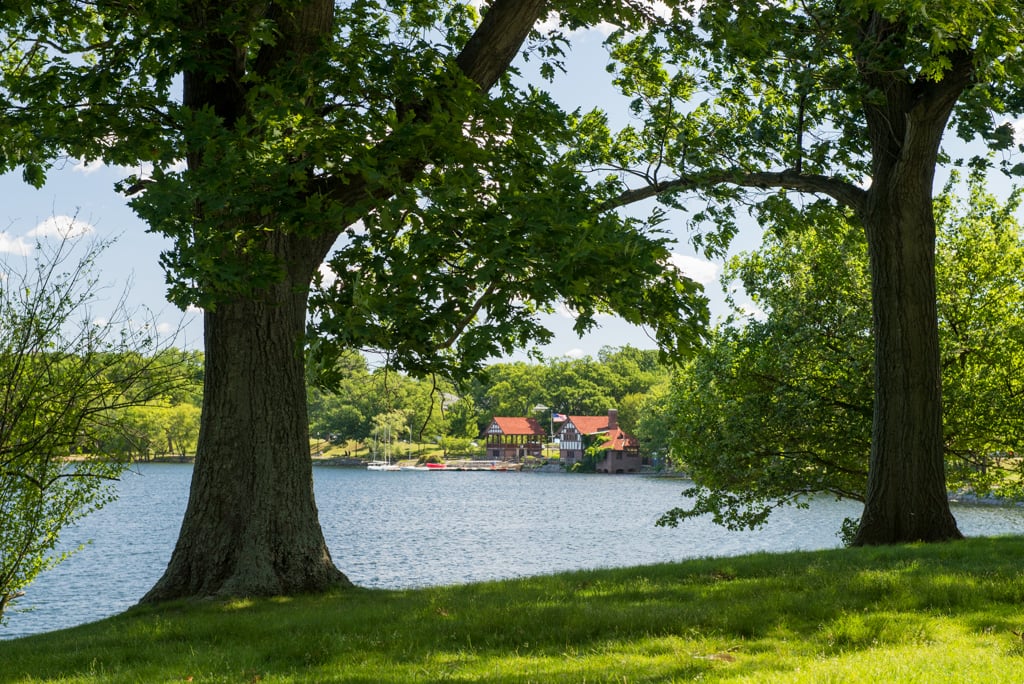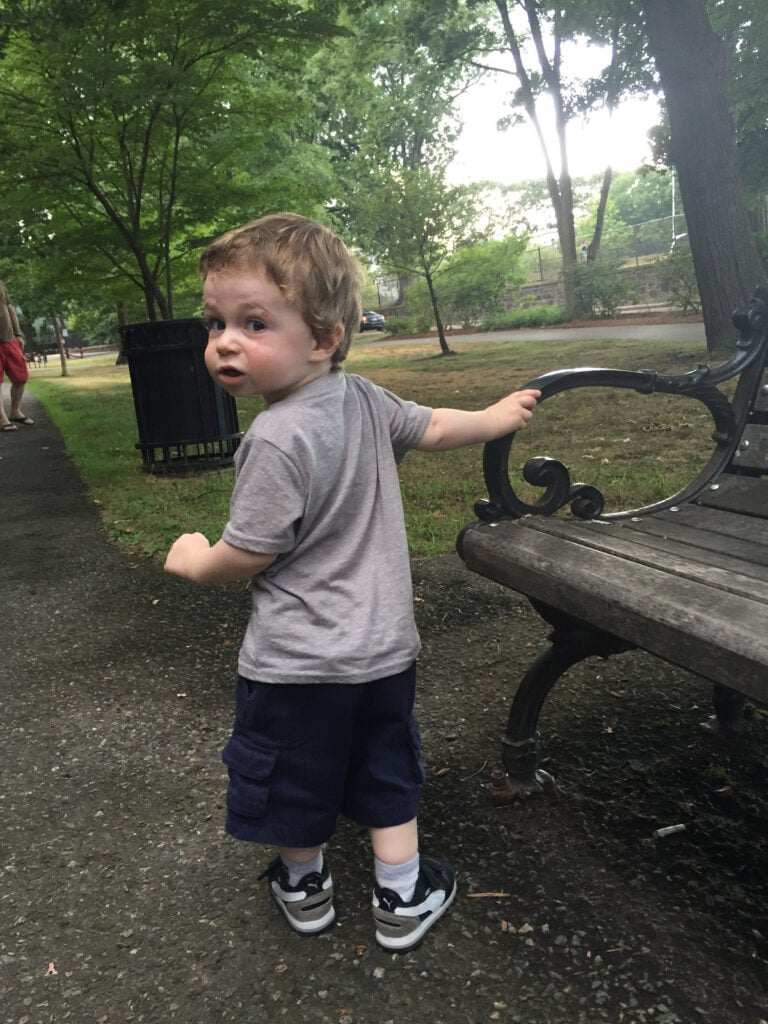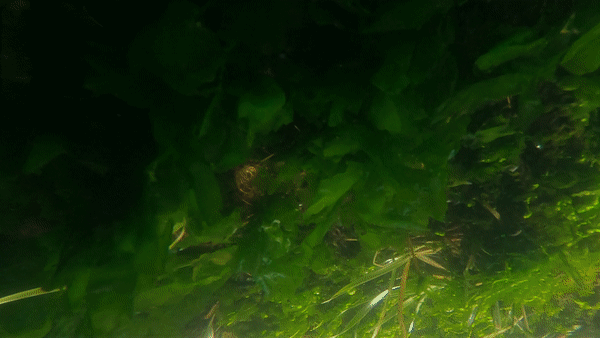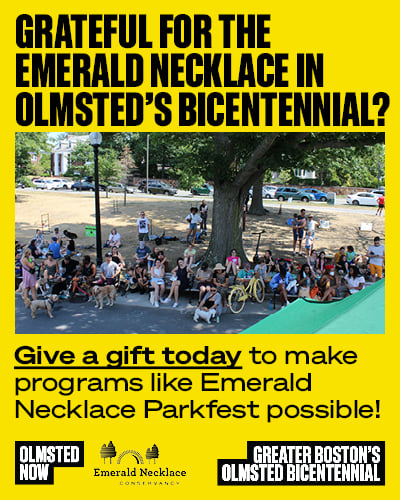The first thing about 2001 is that it marked the 20th anniversary of the site opening to the public after becoming part of the National Park Service in 1979.
For 30 years I had the opportunity to work as a park ranger at Frederick Law Olmsted National Historic Site in Brookline. For those who may not be familiar with the site, this two-acre estate was the home and office of Frederick Law Olmsted who moved here from New York in 1883. Upon his retirement, his sons and associated successors perpetuated the firm until it became a unit of the National Park Service in 1979. Besides developing tour and programs on-site, I also had the opportunity to develop off-site walking tours of local Olmsted projects. With the Emerald Necklace so close to the site, programs tended to focus there, but I also developed walking tours throughout the Boston area.
I have many Olmsted stories, but I am writing this on September 11th and I thought the following three stories would be timely, as 2001 would be the year that marked both a beginning and an end in many respects.
The first thing about 2001 is that it marked the 20th anniversary of the site opening to the public after becoming part of the National Park Service in 1979. To celebrate this milestone, we decided to have an “Olmsted Day” celebration on July 4th. Working in partnership with various people and organizations, we all came together on the shores of Jamaica Pond and during the afternoon, we offered a variety of programs and activities. Participants ranged from a 30-person gospel choir to the legendary storyteller Brother Blue. Organizations from around the city also took part, including folks from the New England Aquarium and Franklin Park Zoo. And we hired trolleys that ran from the Pond to the Olmsted site, where tours and outside activities were there for people to enjoy. We even had a traveling barbershop quartet that came along for the ride. That day would be a highlight, if not THE highlight of my 30 years doing public programming. Folks who remember that day, remember it with great fondness. But it was also a lot of work. Therefore, a vacation was already on the agenda when the day was done. In this case, my wife and I chose Montreal.

We chose Montreal for many reasons; the culture, the museums, the history, and also high on the list as true carnivores, was visiting the legendary Moishes Steakhouse (and yes, it was as good as you’ve read). And of course, being in Montreal how could we not visit Mount Royal Park, perhaps the most famous Olmsted landscape north of the border?
Anyway, over the course of a few days, we did all the tourist things that tourists do and decided to save Mount Royal for the morning of our last day. Since we’d be driving 5-hours and my back was not great at this point, getting out for a walk before the ride made sense. And it would end up being quite a walk.
It was a beautiful morning as we started up the mountain, well more of a large hill, really. Since I had worked at Olmsted NHS for over 10 years and I was intimately familiar with the 1877 plan of the park, there was no need for tracking down a modern map, right? The destination was the Overlook, where we’d be able to get those incredible views of the city below. Unfortunately, as my wife pointed out, I vastly overestimated my lithographic reading skills. We promptly got lost, stumbling around for hours, and visiting every feature in the park, BUT the Overlook. By the way, that big cross there that’s illuminated at night? – not so impressive during the day. Fortunately, when we did eventually did come across the Overlook the view did not disappoint.
By now we were way behind in our day’s agenda so eschewing Olmsted’s advice about taking a big gulp of scenery, and then rushing down, we did just that. The plan was to stop at a shop we had visited the day before so my wife could run in to pick up a set of glazed drinking glasses she liked. I would be waiting outside in the car and then we’d head home. When my wife returned, she mentioned she had heard something about a plane crash at the Pentagon. We really did not think too much about it until we also started to notice that people were gathering in small groups on the street. Turning on the radio it did not take us long to find out why. At almost the same instant we said, “We have to get home!” Fortunately, we were already packed to leave so we headed straight for Vermont though we were not even sure they would even let us in. To this day, I think the US Customs official just had mercy on us, and let us through as we were practically in tears. I remember the relief I felt when I saw the first sign on the highway with my town’s name on it. I think it was not until then I felt we were really home.
Besides the obvious desire to be home was the worry that if the border closed, I would not be back in time to do a tour at World’s End Reservation in Hingham that Sunday. A Trustees of Reservations property, Olmsted had developed a plan for developing the 250+ acre site as a suburban development. This was never executed, but the rough outlines of the project, such as the roads and tree plantings, were extant. The Trustees were kind enough to let us “borrow” their landscape for a couple of hours so we could have a walk there. You see, although we did programs throughout the Boston area, it was always as guests.

Part of the rush to get back was I wanted to spend as much time there as possible working out my exact route and what I planned to talk about. Although I had been there before, this would be my first formal walk and I did not want to repeat my experience of Mount Royal.
When I arrived there on the afternoon of the 12th the first thing I noticed was the deafening silence. World’s End was on one of the approaches to Logan Airport, but with all flights grounded it made the place incredibly quiet as well as eerily still. One exception is that every so often, two fighter jets would come out of nowhere and roar past, heading north. After a couple of passes, I no longer jumped out of my shoes.
I also remember the walk itself on that Sunday afternoon. I realized early on that many of the people who came out were not so much there to learn about Olmsted, but were looking for refuge and comfort among others. I’m not even sure if we talked about 9/11 (I’m sure we did, but not much). It was just the idea of walking together, through a place that was far away from the rest of the world – they don’t call it World’s End for nothing. I read somewhere that after the planes hit, many people from downtown worked their way north to Central Park. Of course, one reason could be that there were no tall buildings there, but I think it was also that they knew that is a place they could go, no questions asked, and there would be other people there.

Robert Frost said, “Home is the place where, when you have to go there, they have to take you in.”
To me, that pretty much captures what a park is all about.





